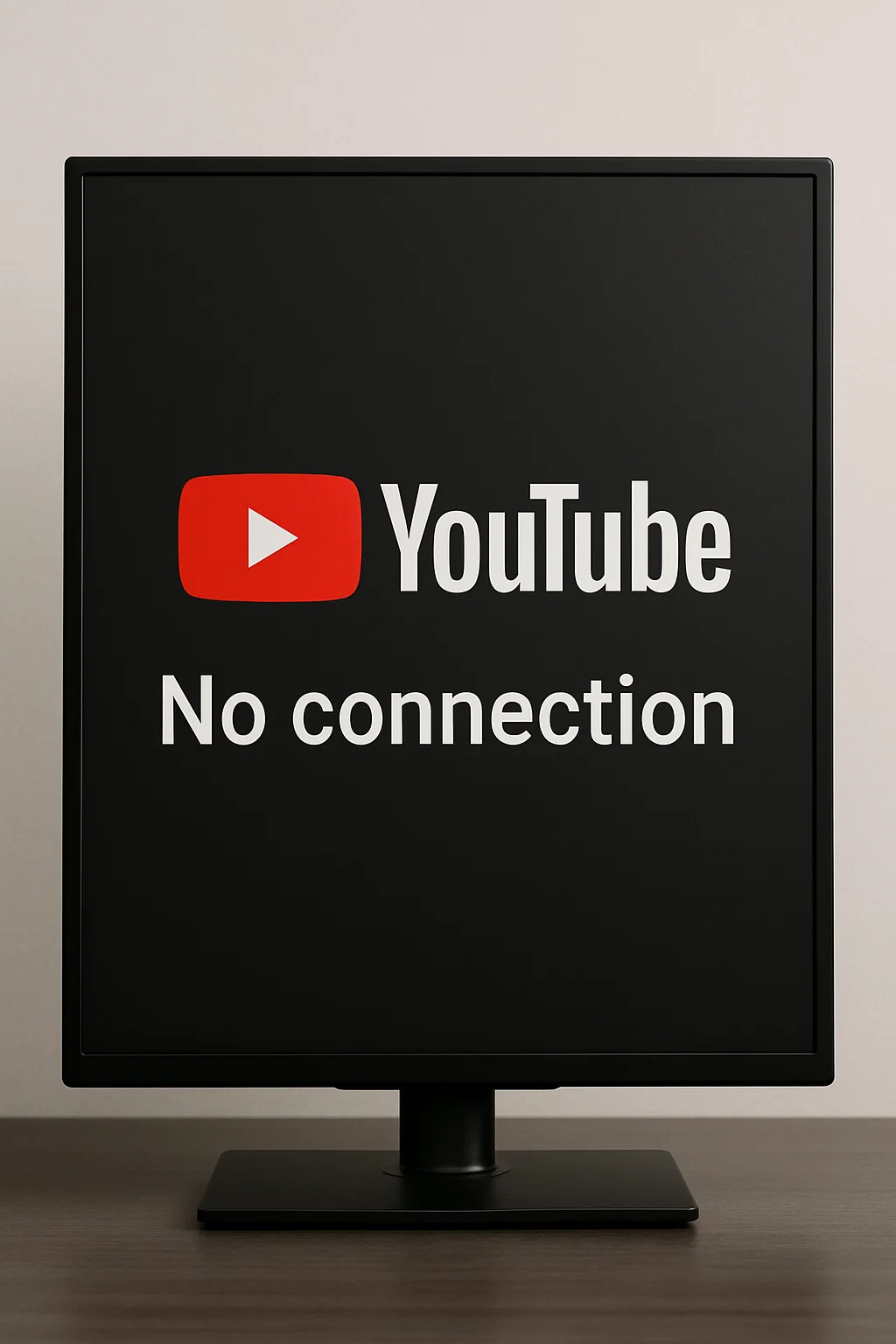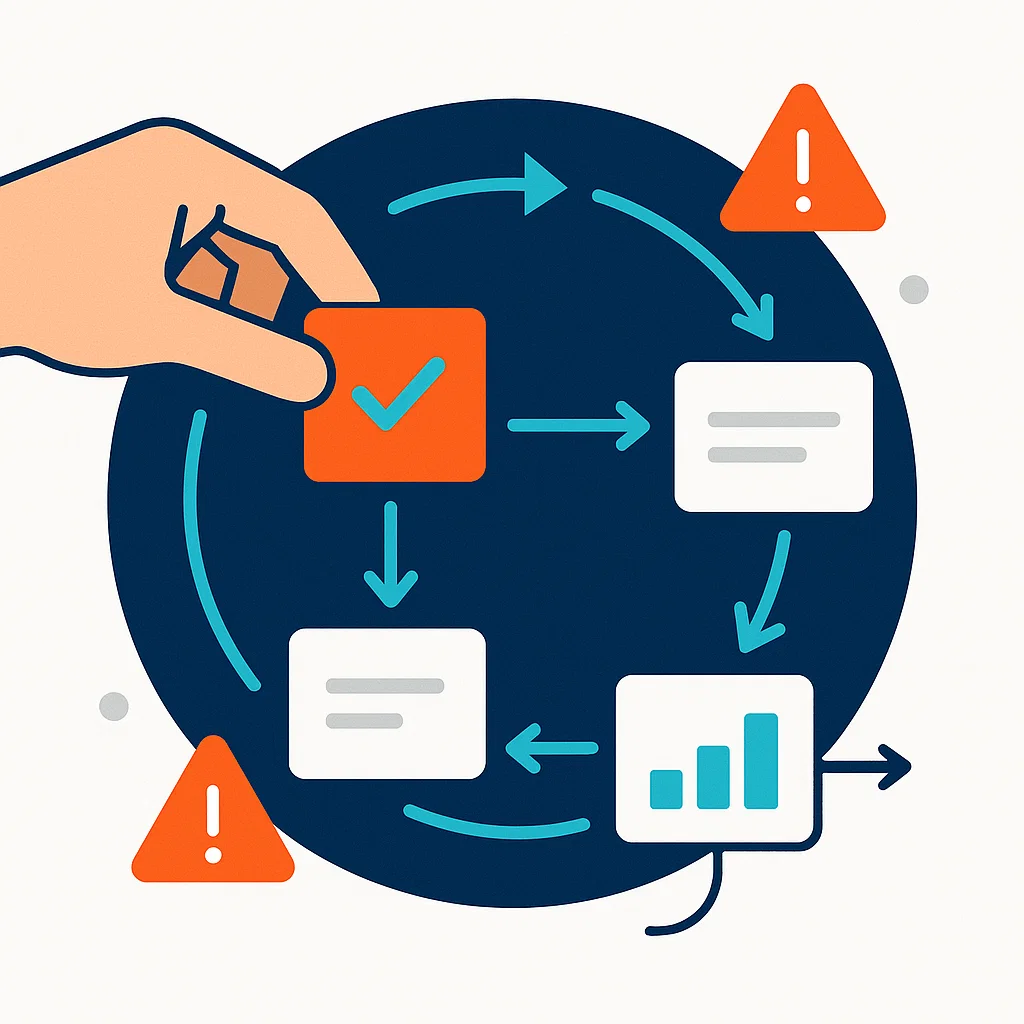What happened today
YouTube, YouTube Music, and YouTube TV experienced a widespread outage with errors preventing video playback across regions including the U.S., Europe, Australia, India, and more, before services were restored. Tracking data and media reports show hundreds of thousands of complaints at the peak, marking one of the largest recent disruptions to the platform’s streaming experience. Team YouTube acknowledged the issue and later confirmed that video playback was restored, without disclosing a root cause.
What users saw
“An error occurred” and “Something went wrong” appeared on web and mobile while homepages and videos failed to load, consistent with a global playback failure pattern. Disruptions extended to YouTube Music and YouTube TV, though some offline downloads in YouTube Music continued to play during the incident window. Creators and viewers also reported problems with uploads, search results, and comments while the outage unfolded.
Why this matters for business
Platform outages instantly derail livestreams, scheduled drops, ad-driven funnels, and support communications—exposing the risks of single-channel dependence for distribution and monetization. The social surge around #YouTubeDown underscores how quickly brand perception and campaign performance can swing when a dominant channel becomes unavailable. Each major blackout is a reminder that social and streaming platforms function as critical business infrastructure, not just apps.
Operational safeguards to implement now
- Diversify channels: mirror critical content and streams across multiple platforms (e.g., Vimeo, Twitch, LinkedIn Live), and maintain owned channels like email and website to avoid single-point failure.
- Publish a status-aware comms plan: monitor outage trackers and publish timely updates across alternative channels to guide customers and viewers.
- Build a creator “air gap”: pre-encode and cache priority content, maintain offline-ready assets, and keep a warm backup streaming destination with tested RTMP settings.
- Strengthen BCDR: maintain tested runbooks for livestream cutovers, backup CDNs, and rapid rollback for new releases that coincide with infra incidents.
- Contract for resilience: negotiate SLAs, incident credits, and escalation paths with key vendors; document failover criteria and decision rights.
- Train the team: run outage fire-drills so marketing, support, and creator ops can execute playbooks within minutes, not hours.
Financial resilience with a Virtual CFO lens
- Revenue continuity mapping: quantify channel concentration risk and model outage scenarios for ad revenue, sponsorships, subscriptions, and live commerce to prioritize diversification and buffers.
- Cash and liquidity buffers: right-size working capital and emergency lines to absorb shortfalls from sudden platform downtime or campaign interruptions.
- Insurance and contracts: evaluate business interruption, cyber, and media liability coverage, and embed incident credits/penalties with critical vendors to offset losses.
- KPI early-warning: install dashboards for CPMs, RPMs, live-conversion, and refund spikes tied to platform health signals so finance can act before losses compound.
- Accounting and taxation readiness: align revenue recognition for deferred livestreams, adjust accruals for ad credits or make-goods, and plan tax impacts from shifted revenue timing.
- Virtual CFO services of 21DEGREES: implement channel risk audits, resilience-aligned budgeting, cash policy updates, and post-incident financial controls to protect P&L and cash flows.
Creator and campaign continuity
Creators lost ongoing livestreams and planned drops, while brands saw launches stumble as visibility collapsed during the outage window, requiring rapid rescheduling and cross-channel pivots. Social chatter and memes spiked as users verified the outage in real time, so brands benefit from pre-approved copy and alternative CTAs ready for deployment. Treat each incident as a postmortem opportunity to harden workflows, revise SLAs, and recalibrate media mix models for resilience.
What to do next (action list)
- Move priority content to a multi-platform release schedule with mirrored livestream routes and an owned-channel announcement plan.
- Stand up a finance playbook with scenario models, cash buffer targets, insurance reviews, and accounting/tax procedures for deferred or disrupted revenue.
- Engage virtual CFO services of 21DEGREES to operationalize these controls across budgeting, accounting, taxation, and risk governance so outages don’t become financial shocks.
By turning today’s outage lessons into concrete operational and financial safeguards, businesses can keep audiences engaged and protect cash flow—no matter which platform goes dark next.




